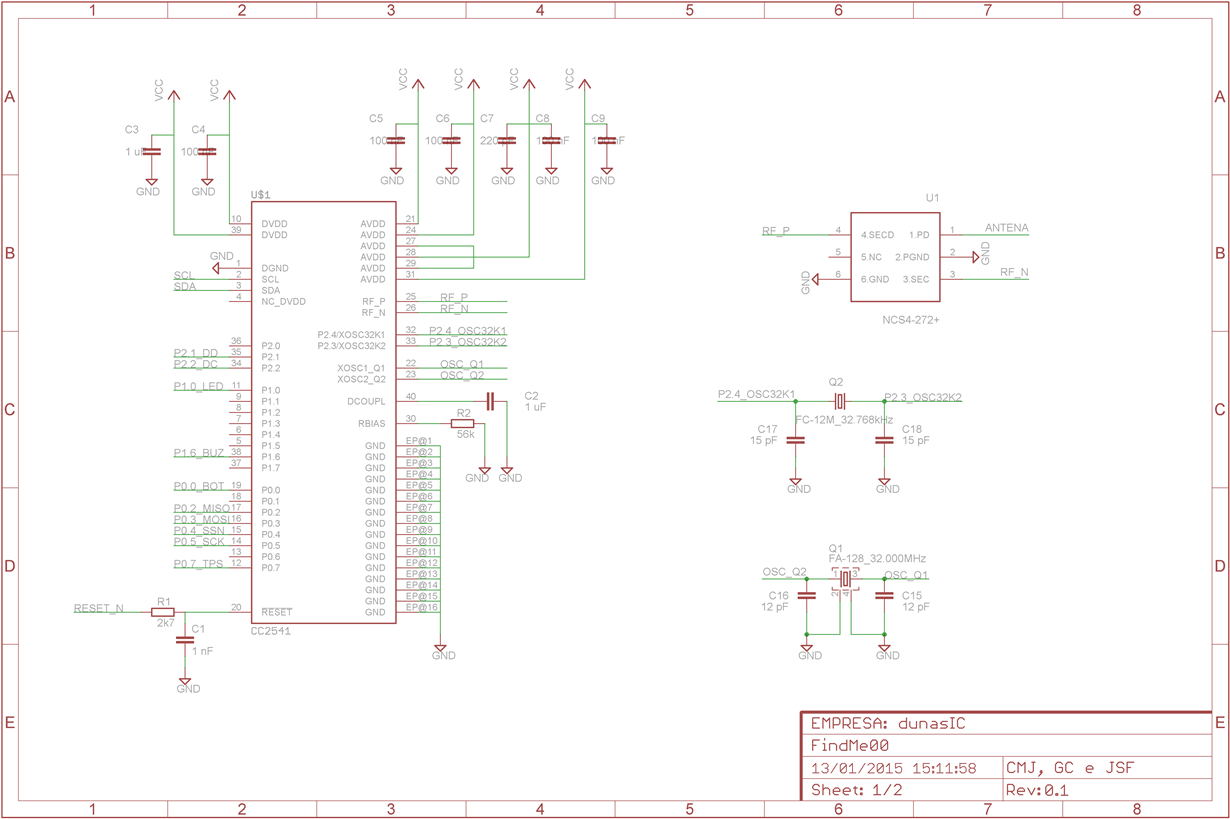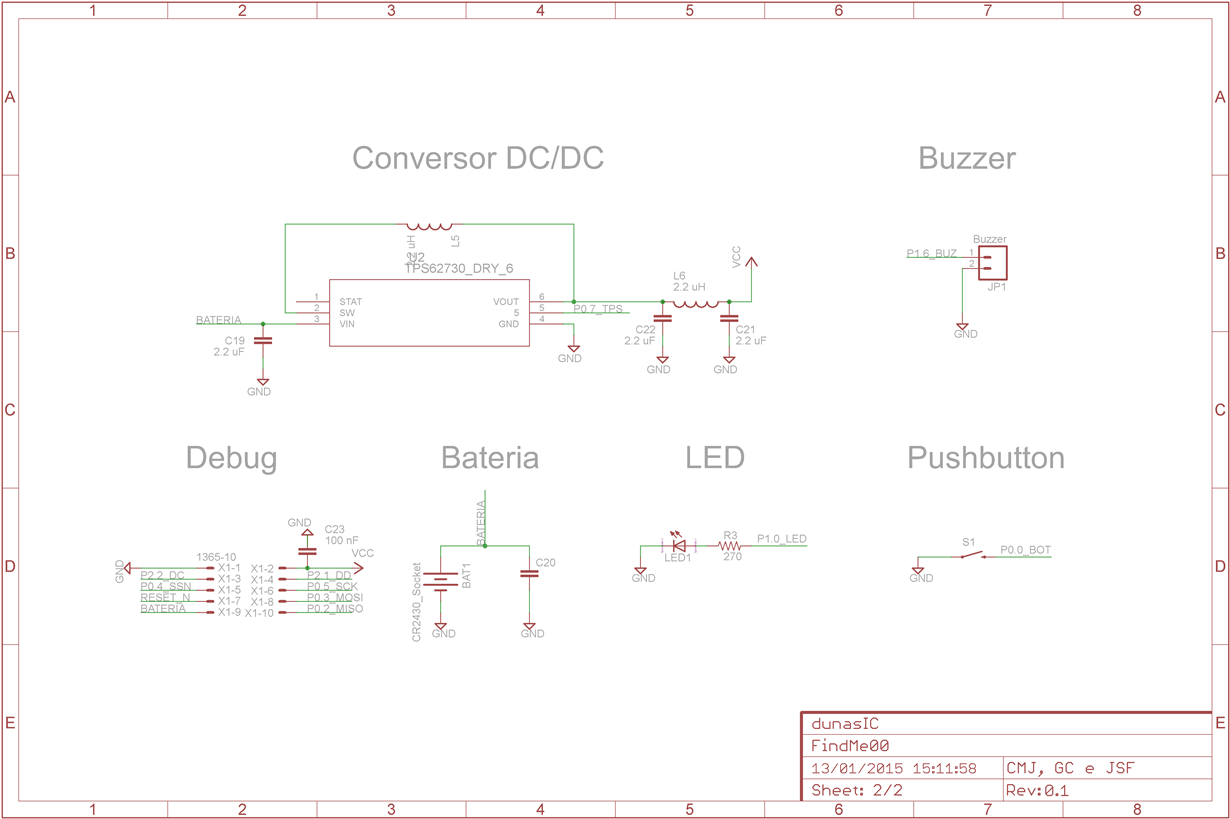Hello all,
I have built two PCBs housing the CC2541F256 chip, one with a discrete component matching network, and another with a NCS1-292+ Mini-Circuits balun.
When I program both boards with the same code version, only the former board appears to transmit. Using the USB Dongle + BTool to check if the boards are discoverable, I detect only the first one.
A curious thing that I noticed is that both chips are sending the advertising data, as I check the current consumption on the oscilloscope (using a 10 Ohm resistor at the power input of the board). The picture below shows in green the waveform for the first board, with discrete matching network, and the yellow one shows the current waveform for the second board, with the integrated balun.
I also checked that both oscillators (32 kHz and 32 MHz) are properly working.
I was having an issue before that probably the CC2541 has not been properly initialized. When I turned the second board on, it did not generate the advertising packets, and kept consuming a constant 10 mA current. After reading some forum discussions, I raised the 'HAL_SLEEP_ADJ_TICKS' from its default value 25 to 50, and this problem was solved, although no transmission was detected.
Has anyone here experienced similar issue?
Thank for your attention.
Best regards,
Jose Sales






